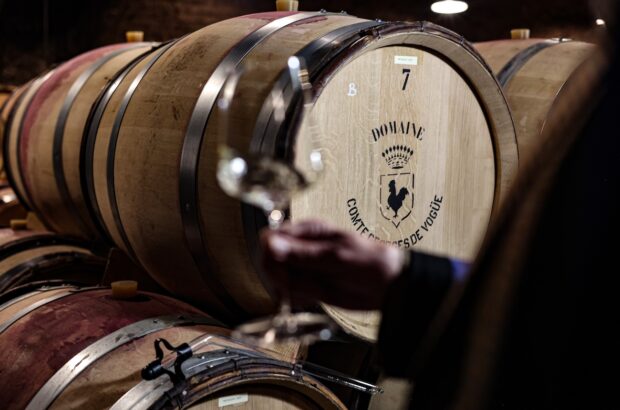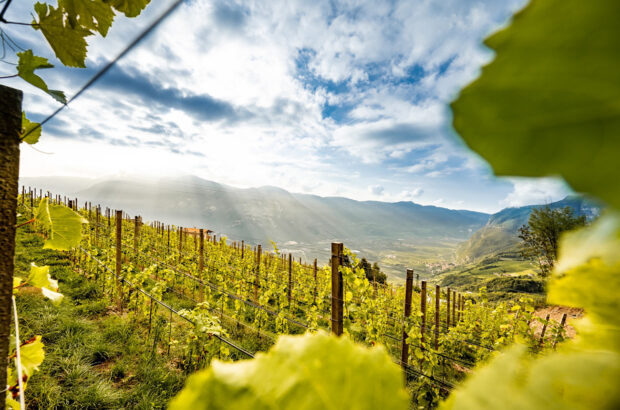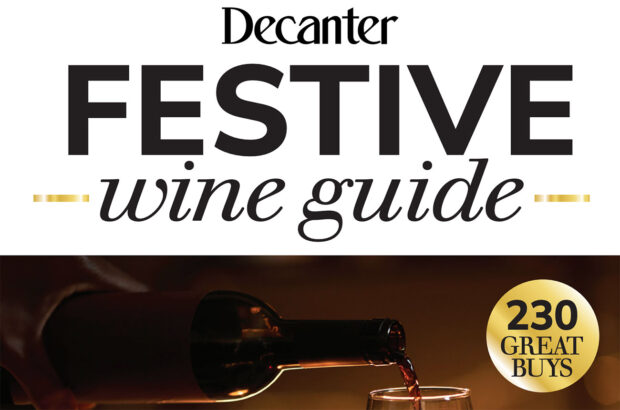Ahead of the curve
Glasses must have their curves in all the right places. The bowl must be round to help aerate the wine and let its aroma develop. It must also taper inwards towards the top, to stop its precious essence escaping.
Crystal clear
Keep glasses plain, simple and colourless – you don’t want to hide a prized claret, you want to enjoy it in every sense. A slight pattern or fluting can make Champagne more intriguing, but leave it at that.
Easily lead
The brilliance of a wine is further highlighted by good quality lead crystal. You can tell the quality by the number of facets that are reflected and how thin the glass is.
Upholding standards
One size can fit all when it comes to wine tasting and smaller glasses are usually favoured. There is one style of glass recognised as the benchmark, the ISO (international Standards Organisation) glass. The stem is about 5cm tall and the bowl 10cm (at its broadest 6.5cm wide).
One size does not fit all
Austrian glassmakers Riedel would agree. They live to reinvent the glass. They maintain that you need a different glass for every grape, style and, even region. Form most definitely follows function, and their glasses are also very pretty.
Living it large
The larger the glass, the more exposure the wine has to air, thus awakening the hidden aromatic depths and balancing the tannic power and the fruit. The younger (and more closed) the wine, the bigger the bowl that is required.
Tongue service
First impressions are lasting especially where wine is concerned. Give your wine a head start by putting it in the right receptacle – the distinctive curve on the lip of a Riedel Riesling or Pinot Noir glass guides the wine to the tip of the tongue, where fruit and sweetness is picked up, balancing the varieties’ naturally crisp acidity.
Central administration
Again from the gospel according to Riedel, Chardonnay and Cabernet Sauvignon glasses should encourage the flow of the wine to the centre of the tongue, to balance the fruit and acidity.
Magic flutes
Chuck out your Champagne coupes: they make wine lose its fizz and let the aromas wane. The flute – a tall bowl, tapered in at the top – is the only way to drink fizz. And lead crystal glass not only looks good but encourages bubbles – a wide, tapered bowl keeps them small and in several streams, released slowly.
Plastic fantastic
Principles can be relaxed when the setting calls for it. Let the glass match the occasion: plastic flutes at Henley and Badminton will do nicely. Just get the wine right: persistent aromas and some sweetness help keep the character from fading as the wine warms and aromas are lost from outsized cups.







